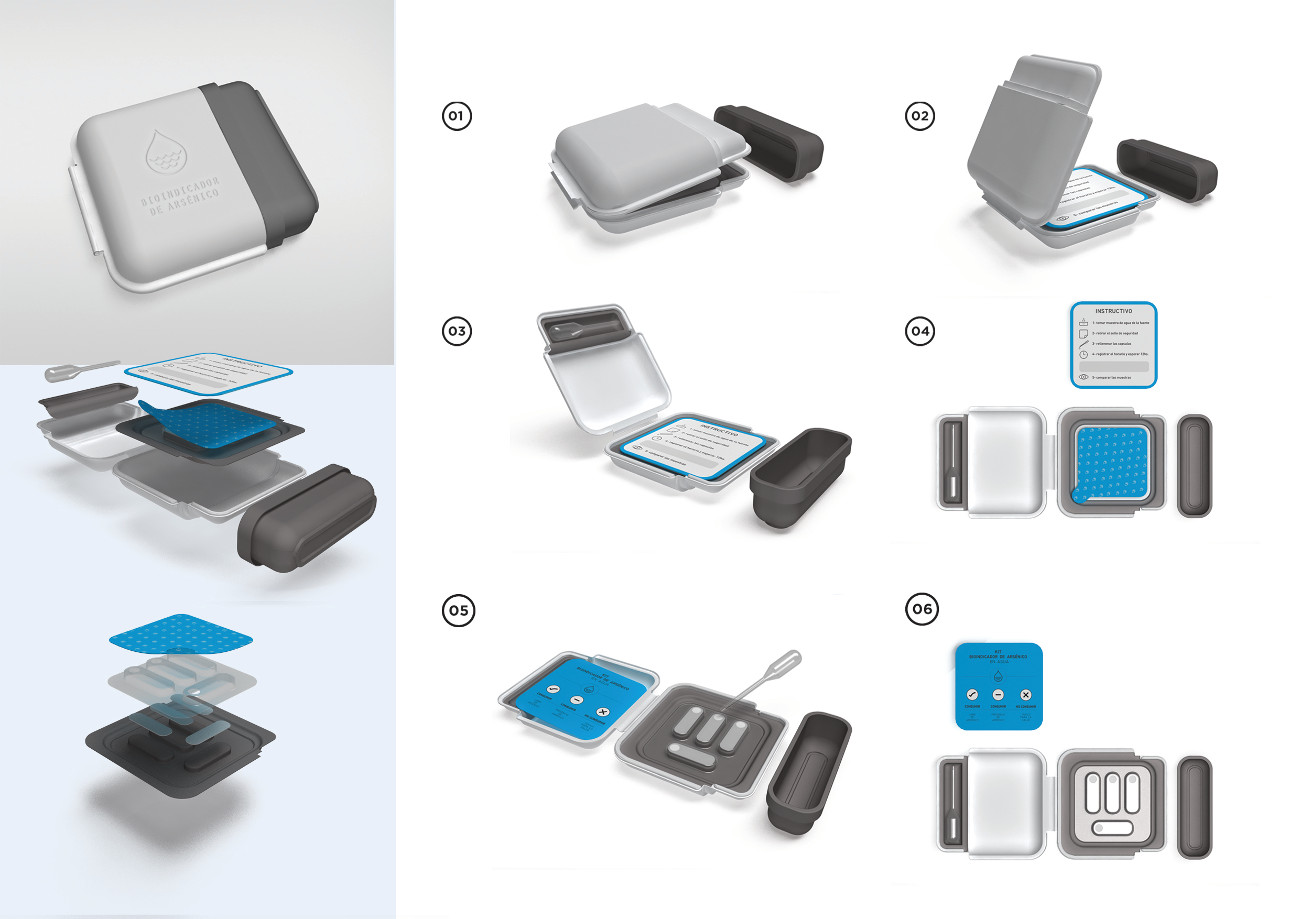Team:Buenos Aires/ summary
From 2013.igem.org
(Difference between revisions)
| Line 13: | Line 13: | ||
We aim to build a home kit, so people could use it without any previus knowledge or science background. | We aim to build a home kit, so people could use it without any previus knowledge or science background. | ||
| - | | | + | | [[File:stepbystep.jpg | 300px ]] |
| - | + | ||
| - | + | ||
|} | |} | ||
Revision as of 17:09, 15 September 2013
To drink or not to drink: home kit for the detection of pollutants in water
Our Objetive
 "
"
